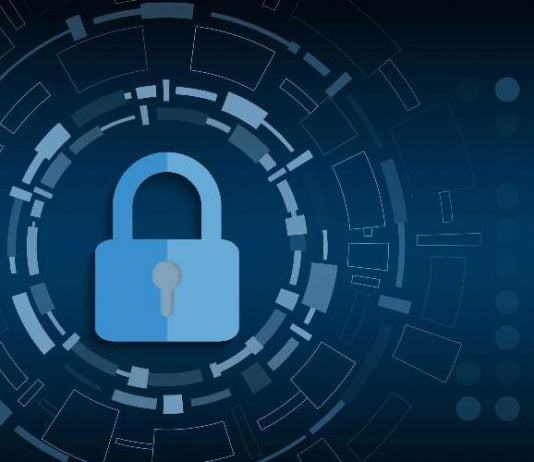Phishing is a hacking technique to steal your personal information like credit card numbers, passwords, PINs etc. It makes users believe in interacting with a trusted third-party like banks, companies or any administration.
People mostly get fraud calls in the name of a bank. They ask for your ATM card number, PIN and you may give that. A few minutes after, you receive a message of withdrawal of a huge amount without your consent.
Mobile phone phishing has become a headache nowadays. In spite of securities in Android or iOS devices, you can’t stop the phishing attack. The hackers need your tiny information linked to your bank and scam out all valuable data. According to Cyber Security Company, during COVID-19, mobile phishing has been increased to 37%. Cybercriminals are now delivering phishing attacks through SMS, social media and other messaging apps.
This article will give you tips on how to protect yourself from mobile phishing attacks.
Contents
What is Mobile Phishing?
Mobile phishing is nothing but a scam. The hackers use fake email ids, phone numbers to pretend to be someone else. They communicate with you and try to access your personal credentials. They easily disguise themselves in
- Bank personnel
- A delivery company
- A service provider
- A retailer offering gift card, lottery coupon or big discounts on items
What are the Techniques of Mobile Phishing?
You’ll wonder to know their various techniques of mobile phishing.
1. SMS Phishing- Smishing
The easiest way of phishing is SMS-based phishing or Smishing technique. The hackers/spammers send you an SMS containing an URL or downloading link. It may be a job offer or related to your bank. Upon clicking and login with your account details, you give access to the personal information. Hence, you’re phished.
2. Call Phishing- Vishing
Vishing or voice call phishing involves human call fraud. Sometimes, they use automated voice messages to steal your confidential. They pretend to be tax authorities or your bank and ask for your bank password/PIN.
3. Social Media Phishing
This is a new trend. You often receive a link from an anonymous on Facebook. Or even on Twitter, a random guy with zero followers suddenly send you a link. Sometimes, a less known friend or any unknown request money on social media. Maximum time you click on those links and end up giving them your personal information and lose all money. The worst case is inserting malware into your device.
4. One Ring Phone Scam
The scammers call you once and hang up. Obviously, you automatically tries to ring back and get phished by paying a premium rate for the call.
How to Identify Mobile Phishing?
- Read the SMS carefully containing a link. If it’s from your bank, call their official no. to confirm first.
- Don’t follow their instructions to click on the given link.
- No bank asks for your credit card or ATM no., password or PIN. If the caller is asking for that, cut the call and block.
- No legitimate company asks for your personal details via text.
- Before downloading an app, read its details. Check the app’s logo. Phishers sometimes replicate them or mismatch templates.
- Beware of social media games as they access your personal details.
How to Avoid Mobile Phone Phishing?
Here are some tips to follow to avoid and protect yourself from mobile phone phishing.
- Mobile Threat Protection: The mobile landscape is ever-evolving. The biggest threat today is mobile phishing. For all kind of mobile threat protection you can use Pradeo Security Mobile Threat Defense. Also, you can install Norton Security or Kaspersky Security Cloud to protect your device.
- Active Caller ID Service: Services like True caller can identify spam calls. Either those calls get blocked automatically or it’s shown on your call screen. In fact, many phones now has an in-built call identifying service.
- Install From Authorized Sources: Do not install any app which seems fishy. Read the app details top to bottom. Check their spelling, grammar and search for their website in Google. Always install apps from authorized vendors like Google Play store or Apple Store.
- Create Difficult Password: Always create high secured difficult password for any bank or social media account.
- Avoid Using Public Wi-FI: Don’t rush to use free public Wi-Fi. This is the easiest way to steal your information. Use a VPN to encrypt your data.
- Check Phone Bill: Unauthorized calls charge you pretty high. Finding any suspicious call on the phone bill or unnecessary phone services, report and block them immediately.
- Be smart: Lastly, being smart and vigilant can protect you to avoid potential phishing. If you’re suspicious, try to confirm or block the no.
Conclusion
Altogether raising awareness can protect you only. Don’t be a victim. Act cautiously. Don’t use a too easy PIN or password to crack. Take immediate action if any suspicious activity you find. Report to the cyber cell or higher authority.


